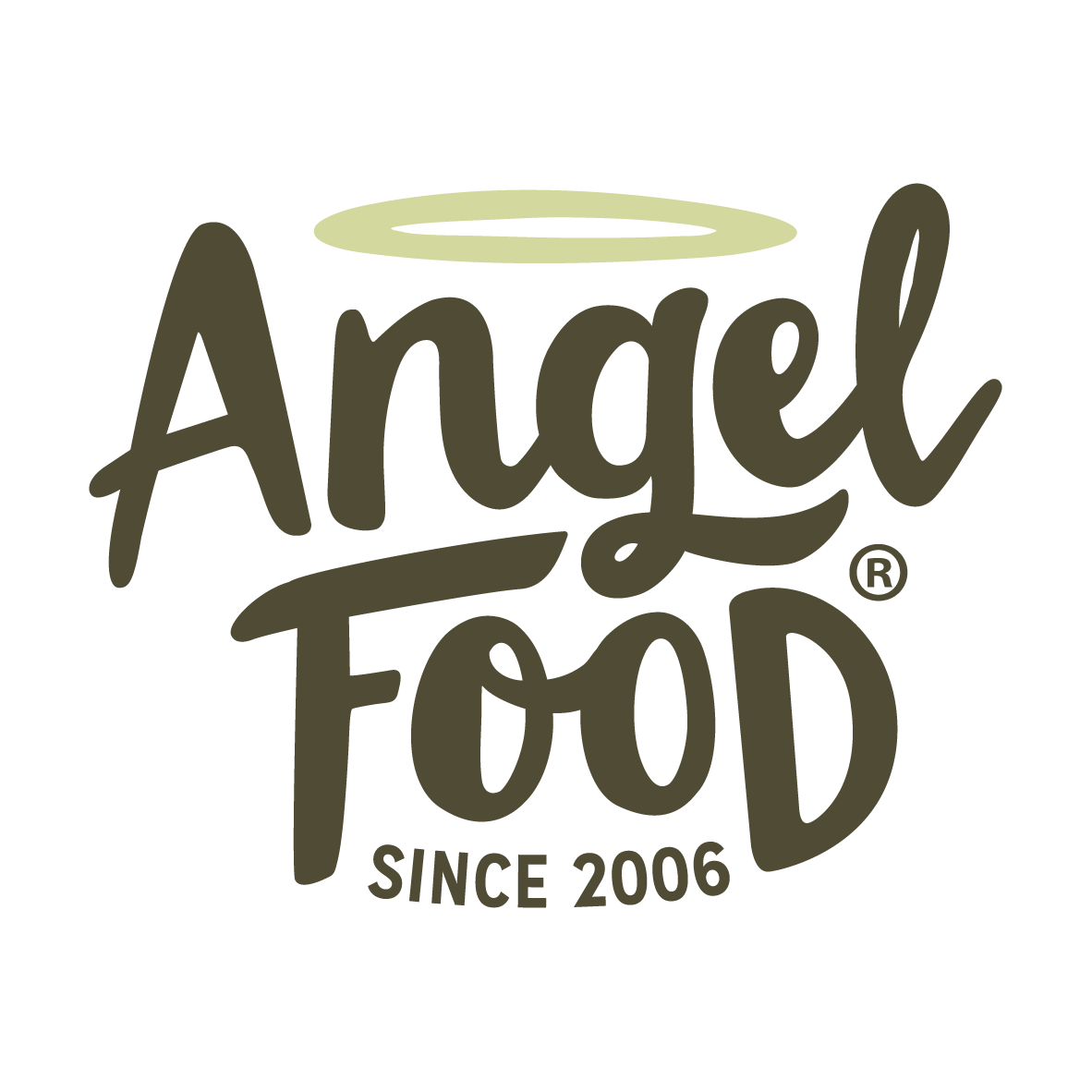Chocolate Cherry Cake with Sour Cream Ganache
A rich celebration cake that’s not too sweet but is still very indulgent. Use fresh cherries if they’re in season, but canned or frozen cherries will work too.
Ingredients:
Cake
2 cups flour
1¾ cups sugar
½ cup cocoa powder
4 teaspoons baking powder
½ teaspoon salt
1¼ cups warm water
½ cup vegetable oil
2 teaspoon apple cider vinegar
2 teaspoon vanilla extract
1 cup fresh, canned or frozen cherries
Ganache
340g vegan chocolate (see notes)
400g Angel Food sour cream
Decoration
Fresh cherries (canned if out of season)
Chocolate pieces and shavings
Instructions:
1. Preheat your oven to 180° Celsius.
2. Sift the dry cake ingredients into a bowl and mix to combine.
3. In a separate bowl, combine water, oil, vinegar, and vanilla before incorporating them into the dry mixture. Stir in the cherries, ensuring an even distribution.
4. Thoroughly grease a 20 to 25cm cake tin, then pour in the cake mixture, spreading it out evenly. Place it in the preheated oven and bake for 35-45 minutes or until a knife/skewer inserted comes out clean. Once baked, allow the cake to cool in the tin before removing it.
5. For the ganache, start by melting chocolate using a double boiler or over boiling water. Remove it from the heat and gently stir in the sour cream until a smooth ganache forms.
6. Once your cake has completely cooled, carefully remove it from the tin and slice it into two thinner cakes. Spread half of the ganache over the bottom half of the cake. Place the other half on top and generously spread the remaining ganache over the cake. Feel free to decorate it according to your preference, and then it's time to indulge and enjoy your creation!
Notes
Re vegan chocolate: in Aotearoa New Zealand there are several widely-available chocolates which are vegan. Whittakers plain dark chocolate varieties are vegan (although some of their dark flavoured chocolates are not – check the label). Please note that although they are vegan (i.e. they contain no animal-derived ingredients) they may not be dairy-free because of potential cross-contamination on shared processing equipment, so may not be suitable for people with dairy allergies.
Although dairy and chocolate have become so entwined in the public imagination that many people assume vegans can’t eat chocolate, adding milk to chocolate is a very recent phenomenon.
The cacao tree was domesticated more than 5000 years ago in what is now south-east Ecuador. It was introduced from there to Mesoamerica and in drink form it was culturally very important for different cultures including the Maya and the Aztecs. Cacao was considered a gift from the gods, and used as currency and medicine and as a component of ceremonies.
Spanish conquistadors brought chocolate to Spain as a medicine in 1519 and over the next three centuries it became popular among the elite across Europe. It started to be consumed in Europe as a food rather than a drink in the 19th century thanks to technological innovations; it also became more affordable for the non-elite.
The first commercial milk chocolate bar was launched in 1875: the addition of milk masked the bitterness of the chocolate and made it a cheaper product.


